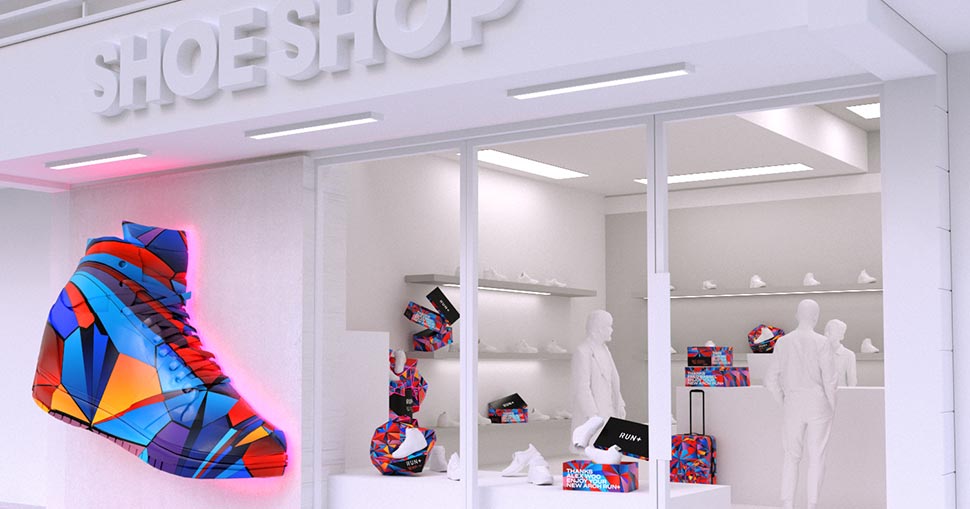While much has been said and written about making the move into wide-format as a way of growing a print business, what about moving the other way? Can sign and display specialists diversify into other markets, and if so, where should they be looking? LFR Editor, Rob Fletcher, investigates…
There is no doubt that the decision by many print service providers (PSPs) to move into the wide-format print market has proved a successful one. After all, wide-format print has been regarded as one of the most profitable markets in the industry for a number of years now, partly down to the array of work on offer.
However, this has led to a significant rise in competition in the market, with PSPs having to battle it out to secure the most profitable contracts and keep hold of their most valued customers. As such, some sign and display specialists have opted to move the opposite way to many other businesses and look at areas outside of wide-format.
But what sort of work should they be looking at and what type of machinery do they need to succeed in making such a move? How can they make it as cost effective a move as possible while still ensuring success?
Time for change
First, let us look at some of those companies that have moved into or grown their non-traditional wide-format work in recent times. When demand for certain types of sign and display work dipped during the Covid-19 pandemic, this led to many businesses in this market looking at other areas in which they could make a profit.
Much of the demand during the early days of Covid was for social distancing graphics, many of which were produced as floor graphics and placed in environments such as supermarkets and hospitals to encourage people to keep their distance and help prevent the spread of the virus.
West London signage company FD Signs moved outside of its traditional focus on signage to produce almost 100,000 social distancing floor graphics for use across the London transport network, not only helping the business through the difficult pandemic period but also supporting safe travelling across the capital.
Graphics were printed on its hybrid Fujifilm Acuity LED 1600, which had been in place for more than two years at the time but had not had its roll-to-roll function utilised until this project.
Meanwhile, large-format digital printing and installation company PressOn recently invested in a second HP Latex R2000 printer to take on more work in markets outside of its traditional remit – all with a sustainable angle.
While the printer was installed to support PressOn’s wider offering, the flexibility of the machine has meant the company has been able to look outside of sign and display and focus on projects such as vehicle wraps. This included using the HP Latex R2000 printer to wrap six electric cabs in the city of London.
As PressOn only uses solely UL ECOLOGO and Greenguard-certified HP Latex water-based inks to ensure the elimination of any harmful emissions, this could open up even more jobs that have certain environmental requirements – be it vehicle wraps and graphics or other work outside of standard wide-format production.
“Our focus for next year is to continue educating our customers on new and best printing practices with minimal environmental impact,” PressOn Managing Director Andy Wilson said. “The key to our successful, sustainable future is to find like-minded partners that share similar values so the company can evolve naturally on the sustainable front.”
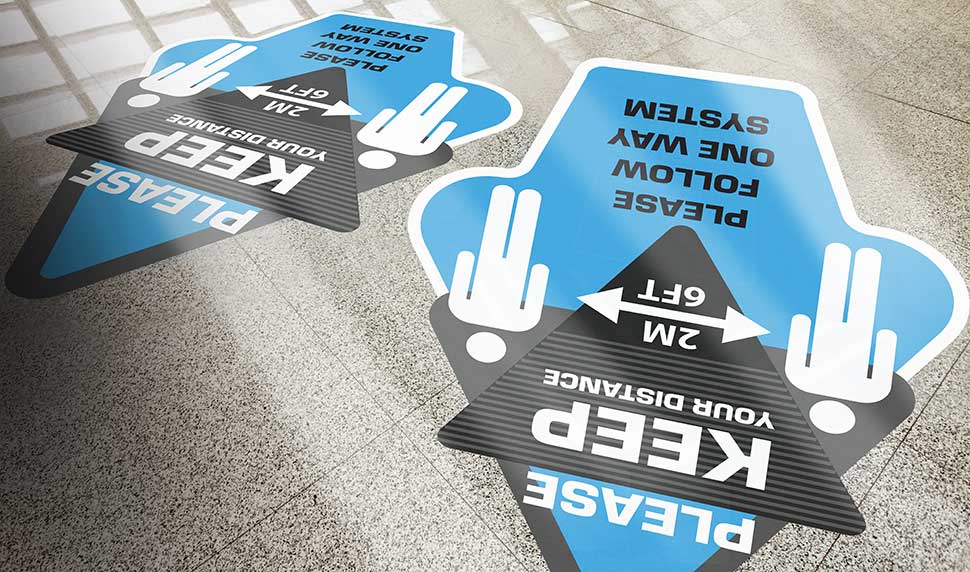
It’s all in the substrate
Paying attention to the types of substrates your printer is capable of printing on will also play a part in the work you can produce. Take for example Dutch specialist lettering and signage agency Vermeulen & Vermeulen, which, run by father and son team Bob and Marcel Vermeulen, took on a Roland IU-1000F large-format UV flatbed printer to enable it to print larger substrates and surfaces.
However, the ability of the machine to print on a wide range of substrates – acrylic, PETG, PVC board, foam board, polycarbonate, wood, corrugated polypropylene board, aluminium composite plate, metal and glass – opened up more opportunities for the company.
An example of this was when the business was working on the Van Gogh NFT project, which helps to protect the iconic artist’s heritage and provides a source of funds to preserve the Brabant Van Gogh Monuments.
Using the Roland DG IU-1000F, the company printed wooden presentation boxes for the high-end tokens, in which a 3D print of a leaf is kept. The business also prints a specially designed Van Gogh shoe in another endeavour inspired by the artist.
Then there is Cactus Graphics, formerly known as Buckland Media, in Dover, which invested in a new Mimaki UJF-6042 MkIIe. The UV LED flatbed with Kebab option was initially added to the production line-up to fulfil a UK-based printing solution for a customer offering a range of signage poles.
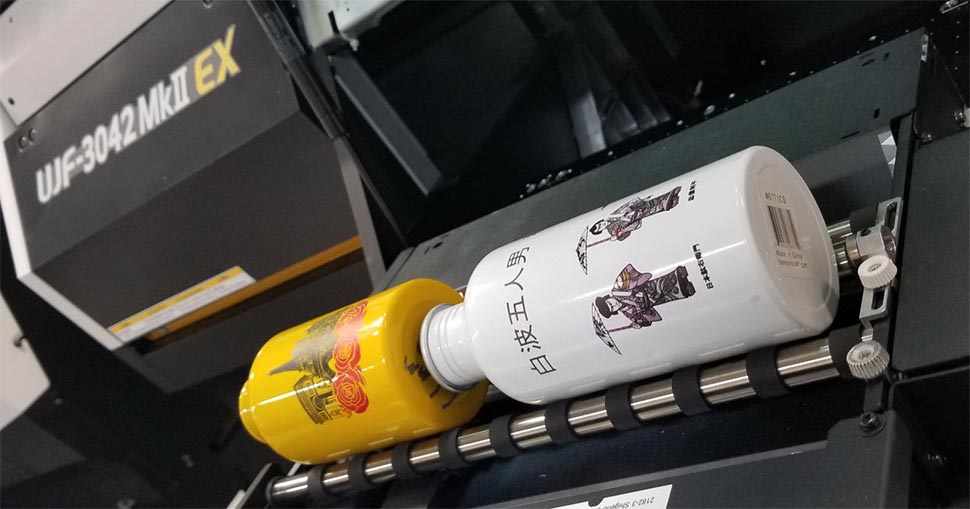
However, as the machine offers direct printing on to a variety of soft and hard materials up to 153mm thick such as wood, leather, acrylic, glass and metal, plus a print area of 610mm x 420mm and a choice of matt, gloss, and embossed finishes, this opens up all manner of opportunities for the business.
In addition, the Kebab option expands the possibility of 360-degree UV printing onto cylindrical objects such as promotional products, stationery, bespoke gifts, bottles, tumblers and poles up to 600mm in length. The Kebab’s rollers allow blank 3D items to be rotated to enable complete surface coverage, while the optional Ioniser removes static build-up that can occur with different materials.
“What struck us about the Mimaki were the multiple materials that you can use with this printer. Prior to its installation, we didn't have access to multiple substrates capabilities. We could print to paper, but we couldn't detail to any other surface,” Cactus Graphics commercial director Richard Archer said. “With the ioniser, we realised that we could pretty much apply inks to anything and it’s very robust. Internally we’ve tried out pens, trophies, all sorts of things, and the ink is just solid to the surface.”
Innovation in inkjet
So, in a word, yes, it is possible to successfully offer smaller-format and other work types alongside your core wide-format services. However, if the area you are looking at requires some form of investment to ensure you can offer a high-quality service and product to the customer, what sort of technology should you be looking at?
The explosion of innovation in digital print shows no sign of quietening down any time soon and with wide-format companies familiar with this technology, it really makes sense they continue to utilise it to pursue new opportunities outside of their traditional remit.
If there is one area of digital that is proving particularly exciting at present, it is inkjet. Looking at one of the more recent Smithers reports, it is forecast that global print sales of inkjet equipment will increase at a compound annual growth rate (CAGR) of 3.6% between 2021 and 2026, more than any other area of print technology, including electrophotography.
In fact, even in areas of print that are projected to have a negative CAGR in the coming years, the replacement of old analogue print equipment with digital inkjet alternatives will allow digital inkjet to fare well even in otherwise declining markets.
So, what does that mean? Simply put, inkjet is the technology to have in the modern market if you are to successfully move into new markets, be it small-format, larger-format, or indeed your core wide-format work.
Application perfection
To offer a clearer view of the flexibility of this technology, inkjet printers are already being used for a whole range of applications. From smaller-format work like labels and packaging, to graphics work, industrial printing and even niche functional printing like ceramic tiles, textiles and wallpaper and other forms of décor.
This range of applications is constantly growing, and with the quality of digital print improving all the time, by the turn of the decade, print companies around the world will likely be using it across almost all markets.
To pick up on the décor market in particular, it is probably fair to say that while this may already be a vibrant and active market, opportunities are not being capitalised on perhaps as much as they could be. We have all seen the eye-catching examples of printed wallpapers and textiles such as cushion covers and curtains, but if we are honest, there is a lot more inkjet print can offer.
Glancing over Canon’s ‘Think Décor’ publication, a number of key figures stand out. Firstly, citing Smithers’ ‘The Future of Functional and Industrial Print to 2020’ report, the industrial print market for décor and laminates grew consistently between 2008 and 2018, reaching the heights of around US$20bn by 2018.
The publication also highlights how décor is of course not limited to your own homes, but in fact covers anywhere with four walls, a roof, a door and a couple of windows. Retail, hospitality and industrial spaces; there are all sorts of surfaces and objects that could be brought to life with print.
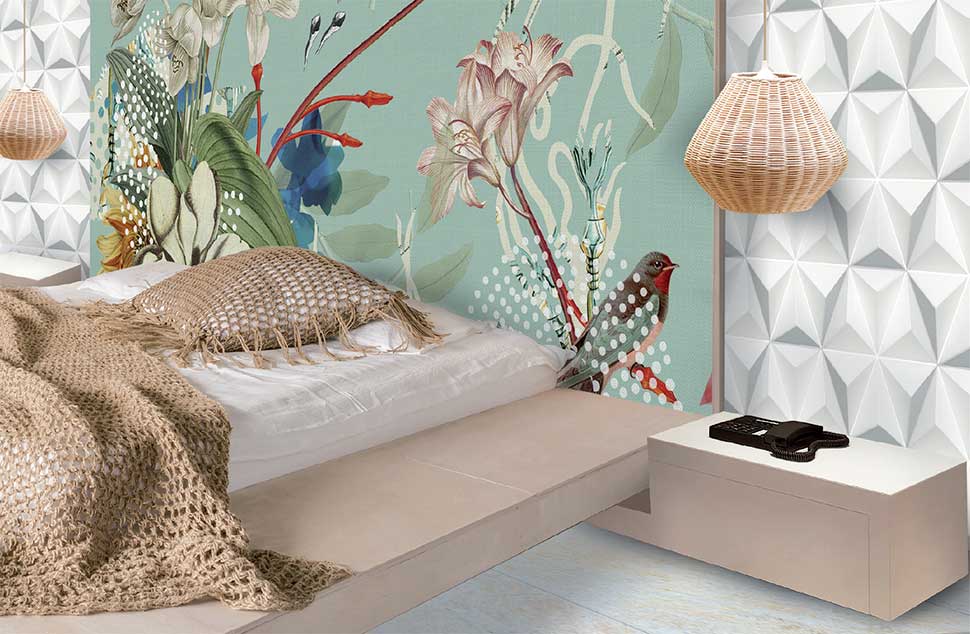
HP seemingly agrees in its own ‘How to gain access to the Interior Décor Print Market’ guide, with a step-by-step walkthrough of how to succeed in the market. Perhaps the most important pieces of advice in this guide are to discover what your clients need and speak with them about what you can do, as well as connect with third parties such as designers to ensure you can offer something that will set you apart from the competition.
Consider visiting exhibitions outside of your usual remit for inspiration on new products you could add to your offering and maybe think about speaking with retailers to find out what are the most popular products in interior design and what you could do to add that extra bit of sparkle with inkjet print.
If you get this right, then you could kickstart a whole new trend that could soon see everyone from restaurateurs, retailers and even consumers competing with one another to get their hands on the latest must-have piece and out-do one another.
To take this a step further, you could even consider thermoforming, a process where a plastic sheet is heated to a pliable forming temperature and formed to a shape in a mould to create a usable product. The sheet is heated in an oven to a temperature that allows it to be stretched into or onto a mould, then cooled into the finished shape.
While the technology may be foreign to some printers, it certainly offers huge advantages when it comes to producing certain décor products – think vases, sculptures and other display pieces. If you have a printer such as the HP Latex R Series, then you might consider this as an innovative way of making waves in décor.
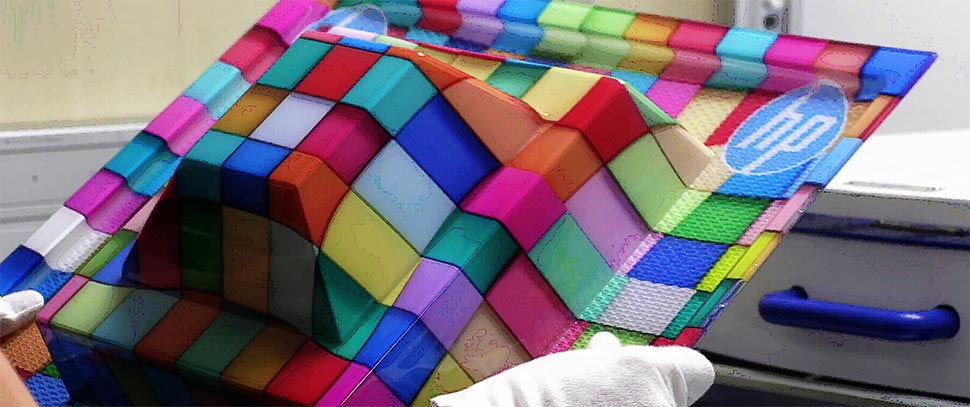
Cost effective solutions
Swinging back round to inkjet and getting down to some of the finer details of the technology, there has been significant development in printheads by the leading suppliers.
Take Xaar for example, which late last year opened a new state-of-the-art inkjet printing laboratory in China, comprising the latest printhead test equipment and print process experimentation platforms. This came shortly after Xaar also launched its new Xaar Aquinox printhead, pledging to deliver exceptional reliability, creativity, and sustainability for printing aqueous fluids.
Then of course there was the much-talked-about €50m printhead technology deal that Ricoh struck to extend its collaboration with Durst Group and further its printhead technology, all with an eye on delivering higher quality solutions for PSPs moving forward.
Now, with all this talk about exciting new developments and innovation, one may be forgiven for raising concerns about the cost of inkjet. However, such has been the advancements in this area and the cost-effectiveness of inkjet that the overall cost of inkjet printing has actually fallen. While the initial investment may set you back a few pounds, euros or dollars, you will likely achieve return on investment sooner than expected.
Analysts expect the cost of inkjet to continue to fall over the next 10 years or so, making it an even more affordable option for print companies – yet another reason why it may be the best option if you are venturing into new markets and looking to make it a cost-effective move.
As an additional advantage, ink formulation on inkjet machines can be tailored to suit the majority of substrates such as glass, metal and plastic objects, meaning you can start to think about producing all manner of objects if the demand from customers is there.
This also means that those that are already familiar with inkjet will likely enjoy a much smoother transition into new markets. Depending on the type of kit they already have in place and the type of work they are taking on, it may be that they will not need to invest in new equipment immediately.
So, this may make inkjet the safest option when looking to take on work outside of traditional sign and display. You’ll likely already be familiar with the technology, know how to get the best out of the machine and not have to waste much time or money on retraining staff, with the exception of maybe working with new substrates or smaller, or even larger, objects.
To put it simply, all the signs seem to point towards an inkjet future for the industry.
By Rob Fletcher



